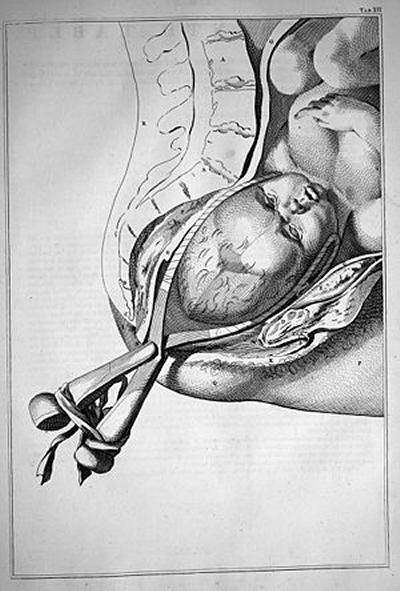About one in eight women have an assisted birth. In these instances either forceps or a ventouse suction cup are used to help the baby out of the vagina.

There are benefits and risks of using both these methods of instrumental delivery and the RGOG have clinical guidance for the appropriate use of both. This project set out to determine why the use of forceps to deliver babies at the Princess Anne Hospital (PAH) had become the preferred instrument for delivery: its use increased whilst at the same time the use of ventouse decreased.
The decision-making process which clinicians follow to determine which instrument to utilise was explored by examining 23 birth ‘cases’. Follow up focus groups with midwives were undertaken to explore their role in the process. Our findings showed that such decisions are influenced by the cultural context in which they take place and that forceps, as opposed to ventouse, instrumental deliveries are seen as the ‘norm’.
Angela Fenwick and Rose Wiles discussed the findings at a Southampton Ethics Centre workshop on 18th June 2014.